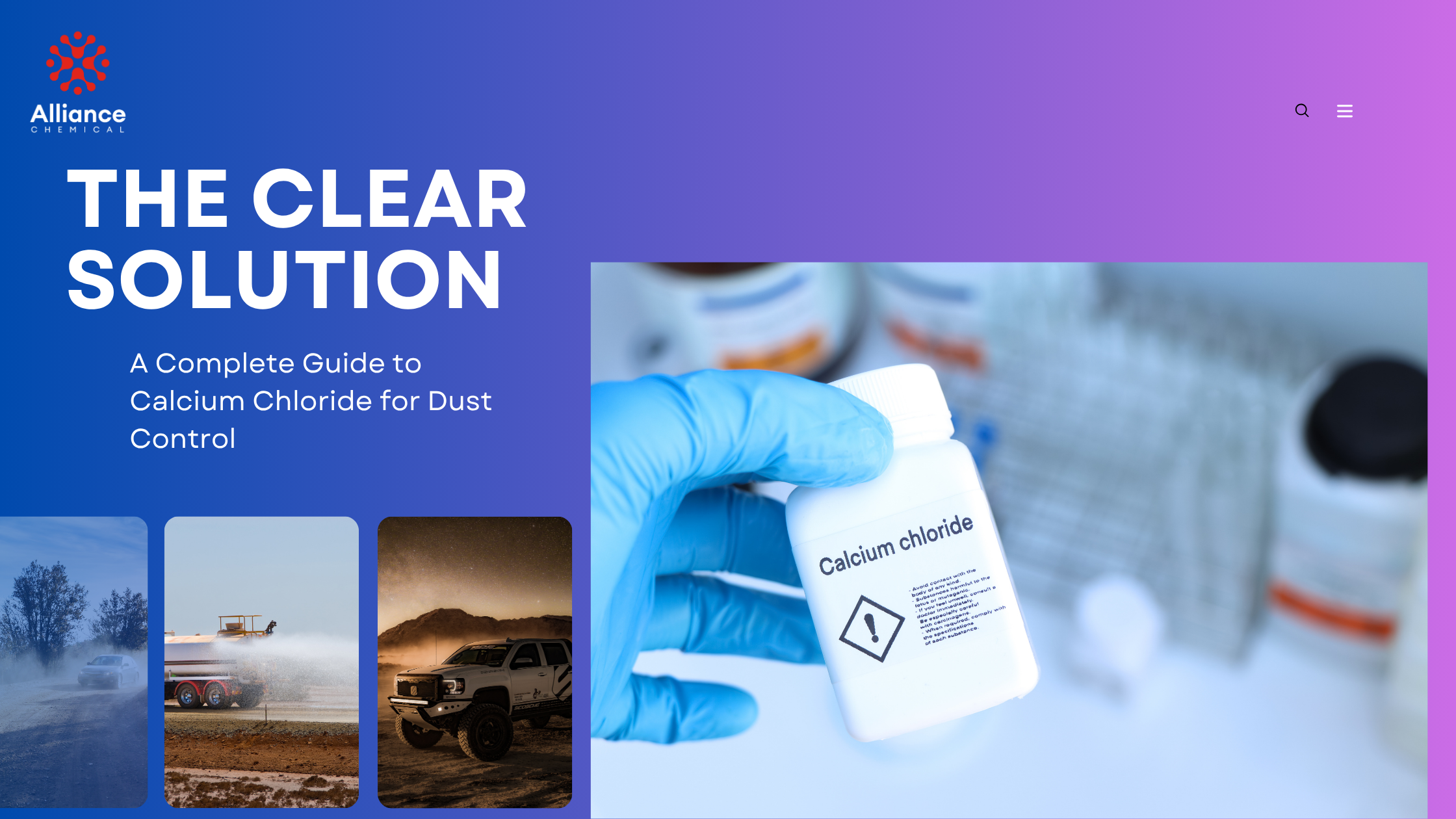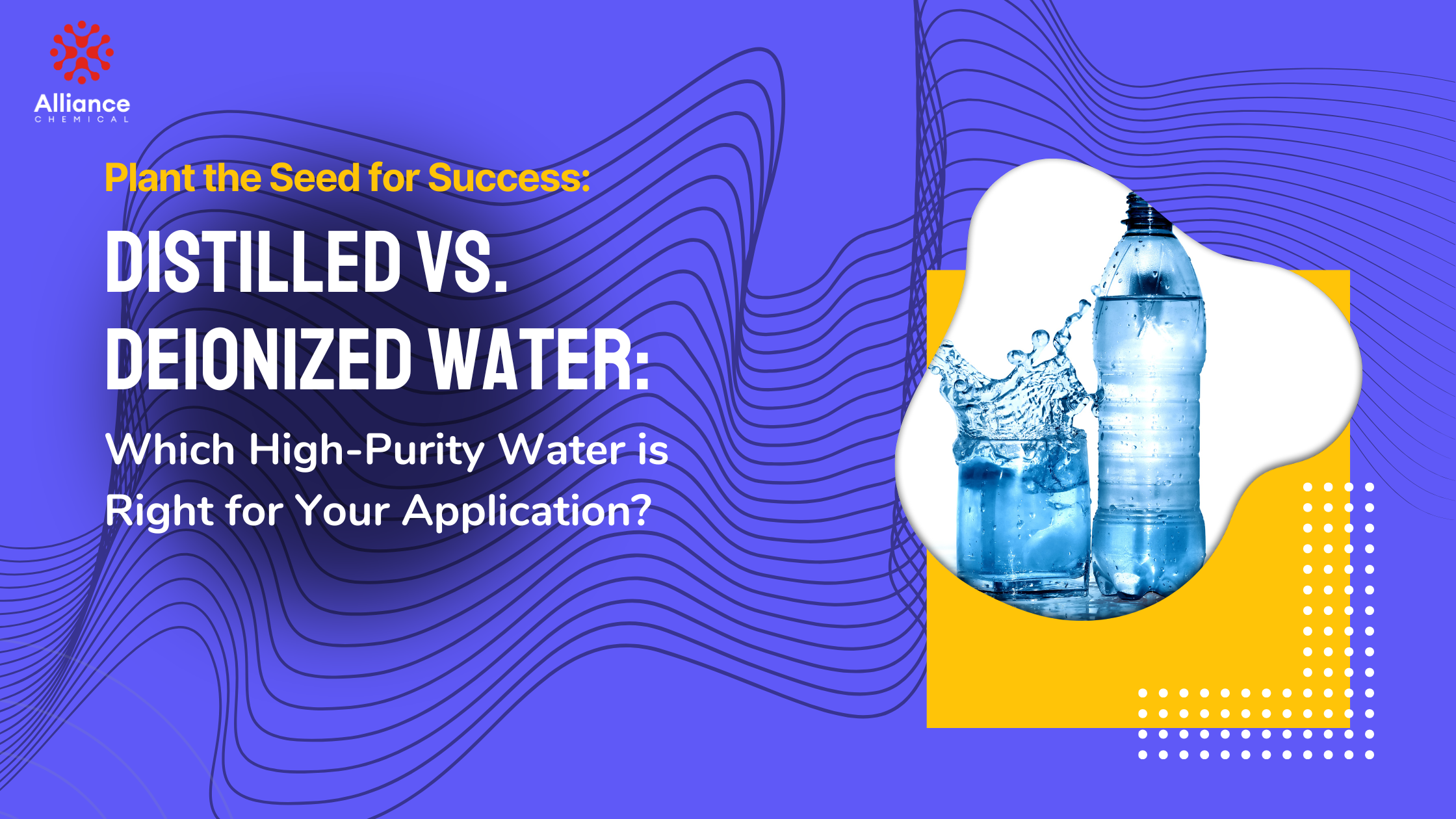
Unlocking the Potential of Hydrochloric Acid in Metal Processing and pH Regulation: It’s a HCl of a Job
Table of Contents
Summary
Few chemicals command the industrial respect of Hydrochloric Acid (HCl). Known commercially as Muriatic Acid, it is an indispensable workhorse in industries ranging from steel production to water treatment. This definitive guide delves into its two primary domains: high-efficacy metal processing and precision pH control, providing the expert insights you need to harness its power safely and effectively.
The Chemical Identity of a Powerhouse Acid
Hydrochloric acid is a solution of hydrogen chloride (HCl) gas dissolved in water. It is a strong mineral acid, meaning it fully ionizes or dissociates in water, releasing its hydrogen ions (H+) and making it highly acidic. This high reactivity is the source of both its incredible utility and the need for strict handling protocols.
Did You Know? The name "muriatic acid" comes from the Latin word muriaticus, meaning "pickled in brine," as it was historically produced from salt (sodium chloride). Today, it is primarily a co-product of other large-scale chemical manufacturing processes.
HCl is available in various concentrations, which dictates its strength and application. Common grades include 31.45% (20 Baumé), a standard for industrial use, and 37% ACS Grade, which offers the high purity required for laboratory and analytical work.
Master of Metals: Steel Pickling and Surface Preparation
The single largest application of hydrochloric acid is in the "pickling" of steel. This critical process is essential for preparing steel for further processing, such as galvanizing, coating, or extrusion.
The Science of Steel Pickling: How HCl Works
During the manufacturing process, a layer of oxides and scale (primarily iron oxides like Fe₂O₃ and Fe₃O₄) forms on the surface of steel. This layer, also known as mill scale, must be completely removed to ensure proper adhesion of subsequent coatings. HCl is the preferred acid for this task due to its high efficiency and effectiveness.
The pickling process involves immersing the steel in a bath of hydrochloric acid. The acid vigorously attacks the iron oxides, dissolving them into soluble iron(II) chloride and water. The simplified chemical reaction is:
Fe₂O₃ + 6 HCl → 2 FeCl₃ + 3 H₂O
One of HCl's key advantages over other acids like Sulfuric Acid is that it can be used at ambient temperatures, reducing energy costs. It also results in a cleaner, brighter surface finish on the steel.
Other Metal Processing Applications
- Rust Removal: For maintenance and restoration, HCl (often sold as muriatic acid in lower concentrations like 15%) is a powerful rust remover for ferrous metals.
- Metal Etching: It's used to etch metal surfaces to create a profile that improves paint and coating adhesion.
- Oil Well Acidizing: In the petroleum industry, HCl is injected into rock formations to dissolve minerals and increase permeability, enhancing oil and gas recovery.
The Great Equalizer: Precision pH Control
Beyond metals, hydrochloric acid's strength makes it the go-to choice for rapidly and efficiently reducing pH (increasing acidity) in a wide range of industrial and commercial processes.
The Critical Role of pH in Water Treatment
In municipal and industrial wastewater treatment, maintaining the correct pH is crucial. Effluent streams are often alkaline (high pH) due to industrial processes. Before this water can be safely discharged, its pH must be neutralized. Hydrochloric acid is used to precisely lower the pH into the required neutral range (typically 6.5-8.5).
This process is a classic acid-base neutralization. HCl provides the H+ ions that react with the hydroxide ions (OH-) from alkaline substances (like Sodium Hydroxide) to form harmless water (H₂O). Its high strength and purity ensure a predictable and controllable reaction.
Other pH Regulation Uses
- Chemical Synthesis: Used to control pH in the production of countless chemical compounds.
- Food Processing: While less common than acids like phosphoric or citric, HCl is used to process certain food products, such as in the hydrolysis of proteins to make gelatin.
- Swimming Pool Maintenance: Muriatic acid is widely used by pool professionals to lower the total alkalinity and pH of pool water, ensuring sanitizers like chlorine work effectively.
Buyer's Guide: Choosing the Right HCl Concentration
Selecting the correct grade and concentration is paramount for performance, safety, and cost-effectiveness. Use this guide to make an informed decision.
| Product | Concentration | Primary Applications | Ideal User |
|---|---|---|---|
| 37% ACS Grade | ~37% w/w | Laboratory analysis, reagent prep, trace metal analysis, high-purity research. | Research Labs, QA/QC Departments, Universities. |
| 31.45% (20° Baumé) | ~31.45% w/w | Steel pickling, industrial pH control, large-scale chemical manufacturing. | Steel Mills, Industrial Manufacturers, Water Treatment Plants. |
| 15% Muriatic Acid | ~15% w/w | Concrete etching, rust removal, masonry cleaning, swimming pool pH control. | Construction Contractors, Pool Services, Restoration Shops. |
Critical Safety & Handling Protocols for HCl
Hydrochloric acid is a highly corrosive and hazardous chemical that demands extreme respect and strict adherence to safety protocols. Its fumes are also highly corrosive and toxic.
- Respiratory Protection is Essential: The fumes from HCl can cause severe respiratory damage. A NIOSH-approved respirator with an acid gas (AG) cartridge is mandatory when working with open containers.
- Full Personal Protective Equipment (PPE): Always wear chemical-resistant gloves (neoprene or PVC), splash-proof safety goggles, and a face shield. An acid-resistant apron or suit is also recommended.
- Ventilation is Key: ALWAYS work in a well-ventilated area, preferably under a fume hood or with dedicated local exhaust ventilation (LEV). Never use HCl in an enclosed, unventilated space.
- Handling and Dilution: When diluting, ALWAYS add acid slowly to water, never the other way around, to prevent a violent, boiling reaction.
- Storage: Store in a cool, dry, well-ventilated area away from incompatible materials like bases (hydroxides, ammonia), oxidizing agents, and active metals. Use corrosion-resistant secondary containment.
The Supporting Cast: Complementary Chemicals
HCl often works as part of a larger chemical team. For effective pre-cleaning before acid treatment, a powerful degreaser like d-Limonene can remove heavy oils. For passivation *after* rust removal, an application of Phosphoric Acid is often used. And for neutralizing acidic waste streams, strong bases like Sodium Hydroxide or Potassium Hydroxide are required.









